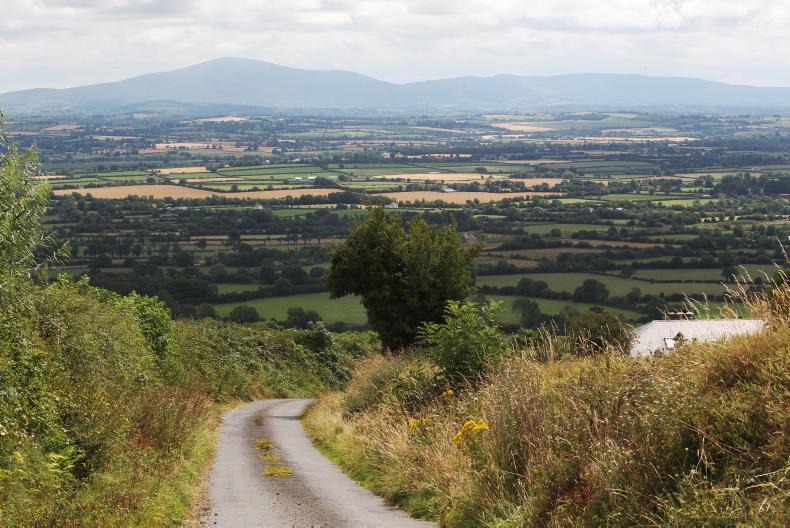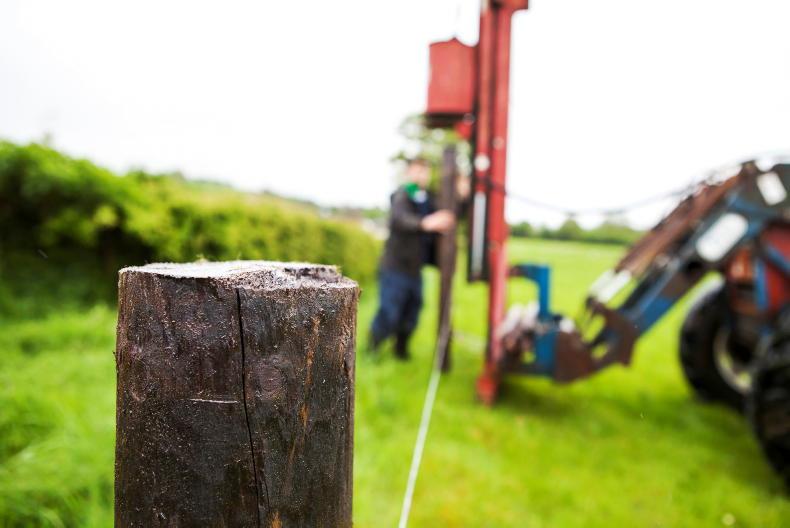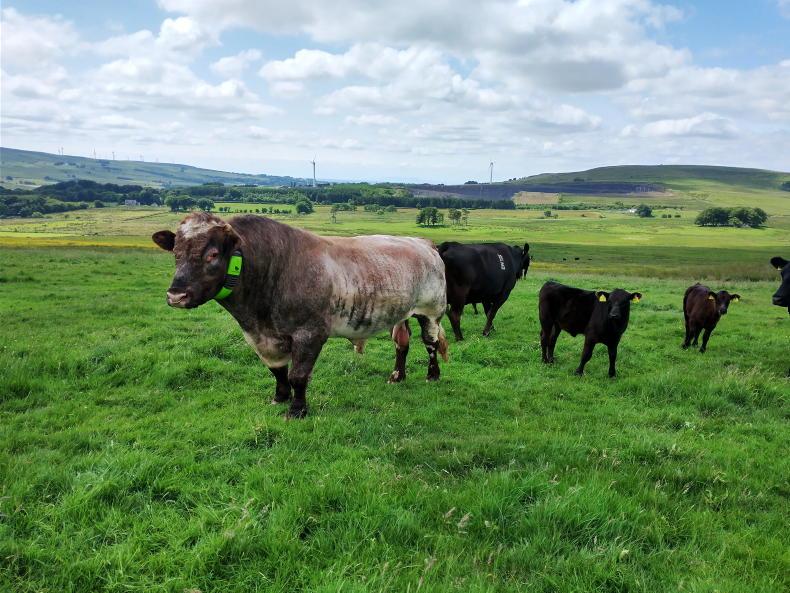To understand the negotiations that are starting on proposed changes to the Common Agricultural Policy (CAP) from 2020, here is a snapshot of the policy as it currently operates and the jargon and budgets associated with it.

Pillar one
Pillar one essentially amounts to direct income support to farmers, ie the Basic Payment Scheme (BPS), formerly known as the Single Farm Payment (SFP). Under current rules, 30% of this must be tied to environmental conditions such as maintaining permanent pastures, rotating crops or designating ecological focus areas – so-called ‘greening’. Pillar one also covers the Young Farmer Scheme and the National Reserve. The current CAP applies convergence rules to reduce the gap between countries and farmers who received higher and lower direct payments in the past. The average BPS in Ireland is €270/ha, just above the EU average of €266/ha.
EU countries are allowed a degree of coupled payments linked to certain production levels. In Ireland, the Protein Aid Scheme is the only coupled payment.
Pillar one also includes market measures to be triggered when prices become too volatile. Examples include dairy intervention, private storage and exceptional aid such as the dairy packages decided during the 2015 milk price crisis, including the Milk Production Reduction Scheme.
Pillar two
The bulk of pillar two measures fall within the Rural Development Programme (RDP), agreed between each country or region and the EU. National exchequers can fund up to half of their RDP. Ireland is using nearly all of that capacity with 46% of funds coming from the Irish budget.
RDP measures must support farmers’ competitiveness and investment while protecting the environment and developing rural communities. The largest schemes funded under Ireland’s RDP are Areas of Natural Constraint (ANC), Green Low-Carbon Agri-Environment Scheme (GLAS), Beef Data Genomics Programme (BDGP), Targeted Agricultural Modernisation Schemes (TAMS) and Knowledge Transfer.
Pillar two also covers €150m to fund local authority projects under the LEADER scheme over seven years.
Beyond payments
The CAP also includes a market management aspect, with European Commission observatories reporting on prices across the EU and emerging initiatives to share value more equally along the food chain.
To avoid unfair competition between European farmers, national governments cannot support their own farmers outside agreed CAP schemes.
However, a tolerance exists for a maximum of €15,000 per farm in a given year – the de minimis rule. For example, this allows Ireland to deliver the proposed tillage crisis fund after the bad 2016 harvest.Other crucial aspects of farming managed at EU level such as food safety and trade agreements do not fall under the CAP.
According to the European Commission, the CAP currently costs each EU citizen 30c/day. The total amount of CAP spending in Ireland from 2014 to 2020 equals one fifth of the €64bn injected by the State to bail out the banks during the financial crisis.
Read more
45 years of CAP back on the drawing board
To understand the negotiations that are starting on proposed changes to the Common Agricultural Policy (CAP) from 2020, here is a snapshot of the policy as it currently operates and the jargon and budgets associated with it.

Pillar one
Pillar one essentially amounts to direct income support to farmers, ie the Basic Payment Scheme (BPS), formerly known as the Single Farm Payment (SFP). Under current rules, 30% of this must be tied to environmental conditions such as maintaining permanent pastures, rotating crops or designating ecological focus areas – so-called ‘greening’. Pillar one also covers the Young Farmer Scheme and the National Reserve. The current CAP applies convergence rules to reduce the gap between countries and farmers who received higher and lower direct payments in the past. The average BPS in Ireland is €270/ha, just above the EU average of €266/ha.
EU countries are allowed a degree of coupled payments linked to certain production levels. In Ireland, the Protein Aid Scheme is the only coupled payment.
Pillar one also includes market measures to be triggered when prices become too volatile. Examples include dairy intervention, private storage and exceptional aid such as the dairy packages decided during the 2015 milk price crisis, including the Milk Production Reduction Scheme.
Pillar two
The bulk of pillar two measures fall within the Rural Development Programme (RDP), agreed between each country or region and the EU. National exchequers can fund up to half of their RDP. Ireland is using nearly all of that capacity with 46% of funds coming from the Irish budget.
RDP measures must support farmers’ competitiveness and investment while protecting the environment and developing rural communities. The largest schemes funded under Ireland’s RDP are Areas of Natural Constraint (ANC), Green Low-Carbon Agri-Environment Scheme (GLAS), Beef Data Genomics Programme (BDGP), Targeted Agricultural Modernisation Schemes (TAMS) and Knowledge Transfer.
Pillar two also covers €150m to fund local authority projects under the LEADER scheme over seven years.
Beyond payments
The CAP also includes a market management aspect, with European Commission observatories reporting on prices across the EU and emerging initiatives to share value more equally along the food chain.
To avoid unfair competition between European farmers, national governments cannot support their own farmers outside agreed CAP schemes.
However, a tolerance exists for a maximum of €15,000 per farm in a given year – the de minimis rule. For example, this allows Ireland to deliver the proposed tillage crisis fund after the bad 2016 harvest.Other crucial aspects of farming managed at EU level such as food safety and trade agreements do not fall under the CAP.
According to the European Commission, the CAP currently costs each EU citizen 30c/day. The total amount of CAP spending in Ireland from 2014 to 2020 equals one fifth of the €64bn injected by the State to bail out the banks during the financial crisis.
Read more
45 years of CAP back on the drawing board











SHARING OPTIONS